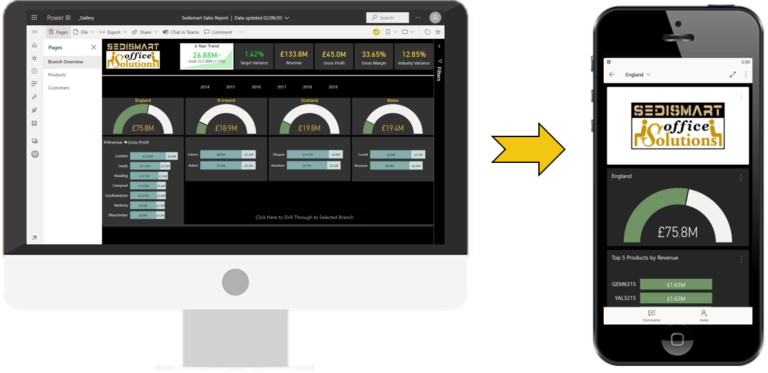Webtrends Analytics
Webtrends is a popular web analytics platform that provides businesses with valuable insights into their website’s performance. With Power BI, you can connect to Webtrends and leverage its data to create compelling visualizations and reports. In this article, we’ll explore how to use Power Query M language code to connect to the Webtrends Analytics data source from inside Power BI.
Prerequisites
Before we dive into the process of connecting to Webtrends from inside Power BI, there are a few prerequisites you need to fulfill:
1. You need to have a Webtrends account with access to the data you want to use in Power BI.
2. You need to have Power BI desktop installed on your system.
3. You need to have the Webtrends connector for Power BI installed. You can download it from the Microsoft AppSource.
Getting Started
Once you have fulfilled the prerequisites, you’re ready to get started.
1. Open Power BI desktop and click on the “Get Data” button in the Home tab.
2. In the “Get Data” window, select “Web” from the list of available connectors.
3. In the “From Web” window, enter the URL for your Webtrends data source. You can find this URL in your Webtrends account.
4. Click on “OK” to proceed.
Querying Webtrends Data
Once you have connected to your Webtrends data source, it’s time to query the data you want to use in your Power BI report.
1. In the “Navigator” window, select the tables you want to use in your report. Click on “Load” to load the data into Power BI.
2. If you want to transform the data before loading it into Power BI, you can use the Power Query Editor. Click on “Transform Data” to open the editor.
3. In the Power Query Editor, you can apply various transformations to your data, such as filtering, sorting, and grouping. Once you’re done, click on “Close & Apply” to load the transformed data into Power BI.
Using Webtrends Data in Power BI
Now that you have loaded your Webtrends data into Power BI, you can use it to create compelling visualizations and reports.
1. Click on the “Report” tab to create a new report.
2. In the “Visualizations” pane, select the type of visualization you want to use, such as a bar chart, line chart, or table.
3. Drag and drop the fields from your Webtrends data source into the visualization to create your report.
Conclusion
In this article, we have explored how to use Power Query M language code to connect to the Webtrends Analytics data source from inside Power BI. By following these steps, you can leverage the power of Webtrends to create compelling visualizations and reports that provide valuable insights into your website’s performance.









